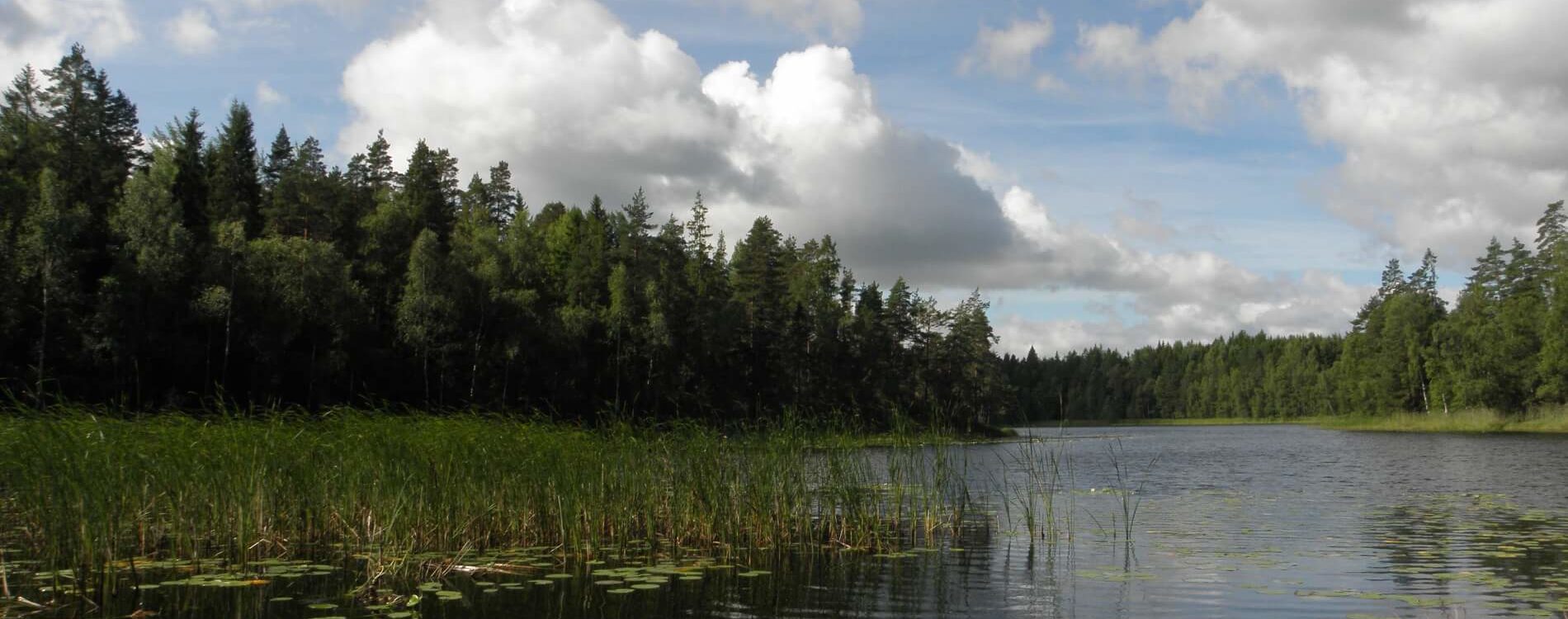Packing List
![]() Using the experience from previous journeys, and having most of the equipment available, we had no problems with packing, we had to only take the right things.
Using the experience from previous journeys, and having most of the equipment available, we had no problems with packing, we had to only take the right things.
Here is the list of our equipment:
essential luggage:
- tent, sleeping bags, air beds (one extra)
- sheets for sleeping bags, our new equipment
- pillow for Marcin, inflatable – taking little space
- rain suites
- towels, clothes, toiletries
- maps
- passports, travel insurance, motorbike documents – our usual set
- First Aid Kit
additional luggage:
- gas bottle, stove, lighter
- kettle, 2 metal mugs, cutlery
- torch + small tent lamp
- mobile phone
- plug converter
- extra pair of shoes
- few extra motorcycle things (tyre sealant, oil, chain spray)
- mosquito repellent
extra luggage:
- camera + spare batteries + additional memory card
- electric shaver + charger
- spare motorcycle keys
- lock for attaching helmets to motorcycle
- tea + sugar
Accommodation
![]()
Traditionally we stayed on campsites. In fact, we did not have much trouble finding them. Only in Tallinn we encountered a problem in the form of a lack of available spaces and we had to look for another place. The campsites on which we stayed presented a very various standards and what comes with that different pricing. For one night, one tent, two people and a motorbike we paid as little as the equivalent of €7.5 and as much as €39 when we had to pay extra for a membership card.
In Estonia camping in the wild is allowed outside the National Parks and in the distance of no less than 6 meters from the beach. Similarly, in Latvia, camping is allowed outside the National Parks, private lands and agricultural areas. In Lithuania, it is worth to look at the offer which is accommodation in private homes of older people, which can be usually found on the main streets of towns. In Sweden, wild camping is permitted basically anywhere within 30 meters of a residential building.
Roads
![]()
Travel through Sweden and Finland went quite smoothly, when it comes to comfort. The problems started when we entered Estonia. About the roads in the Baltic Countries we could say much. Accustomed to Western European standards, on the roads of Eastern Europe we were given a tough lesson of survival. Quite smoothly you could drive only the fast roads, which weren’t many (there are no motorways at all, only Lithuania has a fairly long stretch). Other roads are like hole over the holes, patch on the patch, and the side roads are usually gravelled. Several times we resigned from getting to some tourist places because of the horrendous state of the roads. The second thing was a poor marking of tourist destinations, which we had to search a long time and often not finding any signs we drove on.
Between the Åland islands the only means of transport are ferries. At first we were a bit confused whether in one day we will be able to cross the islands and get to Finland travelling from one island to next one (there is no problem with a direct crossing from Mariehamn to Finland). We searched for any information on the www.alandstrafiken.ax website and we contacted the local tourist information. It turns out that if you want to book tickets through the Internet you have to spread your journey through Ålands over two days, with an overnight stay on one of the islands. If you want to get in one day from Långnäs (located on the main island) to Galtby in Finland stopping at the islands you have to travel without reservation. Carriers will take you on the board, of course if there is a space, so the crossing is not guaranteed. On the above website timetables are available, so we could plan our trip hourwise to be able to get to Galtby in Finland. And of course we were going there with a hope that for a motorbike there will always be some space on the ferry:) With a bit of luck and good mood of the ferry captain, the journey can be free of charge, and so it was in our case.
Weather
![]() The weather was in our favour, there was some rain, but this couldn’t be avoided. The days were warm, but the nights and mornings were cold. The climate of Lithuania, Latvia and Estonia is moderate, but the influence of the Atlantic and Baltic makes the weather conditions change, so you need to prepare for any eventuality.
The weather was in our favour, there was some rain, but this couldn’t be avoided. The days were warm, but the nights and mornings were cold. The climate of Lithuania, Latvia and Estonia is moderate, but the influence of the Atlantic and Baltic makes the weather conditions change, so you need to prepare for any eventuality.

